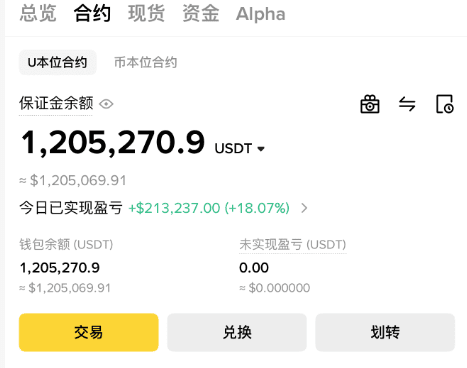After eight years of trading coins, I’ve encountered more pitfalls than profits. From diving into the market in 2017 with dreams of wealth, to nearly jumping off a building after losing 300,000 due to ICOs in 2018, to now being able to stand firm during bull and bear market transitions, it’s not luck but five ironclad rules forged through blood and tears. Today, I’m sharing these hard-earned strategies; every word is steeped in lessons.
1. Cycle Anchoring: Focus on the Bitcoin halving cycle
The core rules of the crypto world are hidden in the Bitcoin halving. The 18 months before each halving is a golden window to build a base position, and you need to pull back 12 months after. In 2019, I was too eager to gamble on altcoins, and as a result, the crash on March 12 halved my investment; later, I focused on the halving cycle and in March 2020 used 60% of my funds to buy BTC and ETH in batches. Even when it fell to $3,800, I didn’t sell, and ultimately this part of my position tripled, not only recovering my losses but also making an additional million. Remember: small coins watch Bitcoin, Bitcoin watches the Federal Reserve; understand this linkage and you’ll grasp the ‘timezone table’.
2. Dynamic Position Balancing: The 30-30-30 rule for safety
When LUNA collapsed in 2022, I had 30% cash on hand, which allowed me to confidently increase my position when Ethereum dropped to $1,000. I now strictly follow the '30-30-30 rule': 30% base position for the long term, 30% for swing trading, and 30% cash on standby. No single coin position exceeds 20%; last year, when SOL dropped to $10, I only allocated 15% to it, which not only prevented significant losses but allowed me to average down my cost. A position is like a ballast; balance is essential to weather the storms.
3. Signal Filtering: Three indicators to avoid halving
In May 2021, when Bitcoin surged to $60,000, I sold 80% of my position because three signals turned red simultaneously: RSI over 70, MACD daily death cross, and continuous net outflow of principal funds for three days. I used to struggle against signals; when ETH rose to $600 in 2020, the RSI was already at 80, and it fell back to $400, costing me an opportunity of $200,000. Now my iron rule: if two out of three indicators sound the alarm, reduce your position; if all three do, clear your position. Signals are like traffic lights; don’t rush through a red light.
4. Black Box Response: Formulas to recover losses
On the night of the FTX crash in 2022, when ETH dropped to $1,200 (a 33% drop), it coincided with the daily support level. When it rebounded 15% to $1,380 at dawn, I immediately used 30% of my cash to increase my position. By morning, ETH had returned to $1,500, and I not only didn’t lose but gained 20%. Later, I summarized the formula: 'If the drop exceeds 30%, first check the support level, and wait for a 15% rebound before entering.' The essence is 'not to catch a falling knife'; wait for the market to take a breather before making a move.
5. Cognitive Iteration: Only invest in coins with applications
In 2018 during the ICO market crash, I invested all my funds in 5 'hundredfold coins', and ended up with only over 20,000 left. I realized one thing: the opportunities to make quick money in the crypto world are often backed by scams. Later, I left the groups trading worthless coins and began studying the white papers and technological implementations of mainstream coins every day. In 2019, I invested all my funds in ETH (under $200). Now, I study a new project’s white paper every week, review my trading logs every month, and update my investment framework every year. The market is always changing, and sticking to old experiences is like using an old map to find a new path.
Lastly, let me share a heartfelt piece of advice: after every profit, first withdraw the principal and only use the profits to snowball. When I made 5 million in 2021, I first withdrew 3 million to buy a house, leaving the remaining 2 million to continue trading. Later, when the bear market came, even if I lost half of the profits, my principal was still secure. Opportunities in the crypto world are always present, but the prerequisite is that you need to stay alive. These five tips may not make you rich overnight, but they can help you stand on shore during every wave that comes—rather than being washed ashore.
Trading coins means repeatedly doing simple things. Persistently using a single method for a long time allows you to master it; trading coins can be like any other industry, where practice makes perfect, and you can make decisions without hesitation.
This year marks my seventeenth year trading coins. I entered the market with 10,000, and now I support my family through trading! I can say I’ve used 80% of the methods and techniques in the market. If you want to treat trading coins as a second career to support your family, sometimes listening and observing more can help you discover things outside of your understanding, potentially saving you five years of detours!
Follow me @加密大师兄888 There are many lost souls on the crypto road; I only ferry those who are destined, currently recruiting disciples...




